When planning an office clearance, most businesses assume that reuse begins and ends with the usual suspects: desks, chairs, and filing cabinets.
But there’s more value hidden in your workplace than you might think. With sustainability becoming a core part of corporate responsibility and cost-efficiency a constant business priority, it’s time to look beyond the basics.
At Crown Workspace, we’re on a mission to help businesses unlock the circular potential of their office environments. Here are five items you probably didn’t realise you could reuse—or repurpose—during an office clearance.
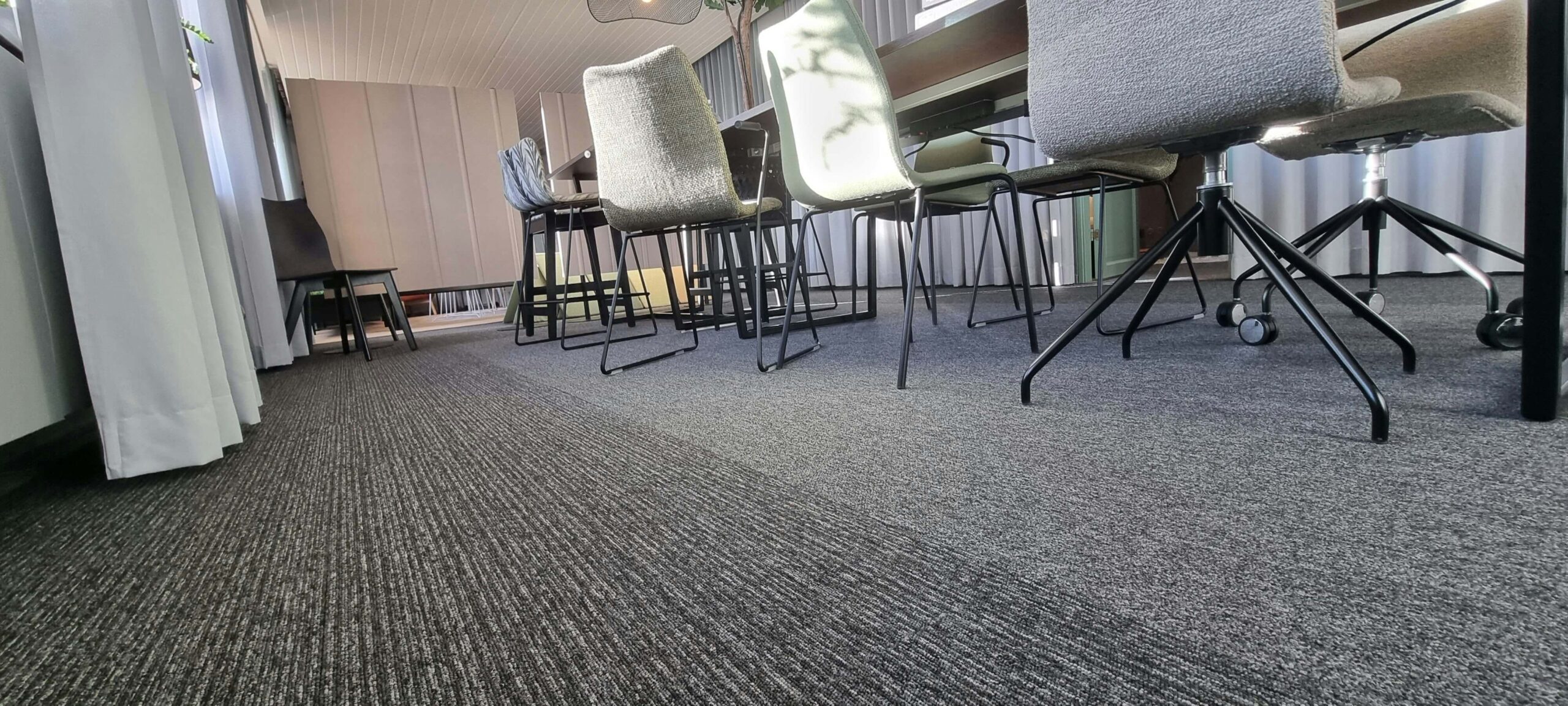
1. Carpet Tiles and Flooring Materials
When we think about reuse in an office setting, carpets and floor coverings are often overlooked. But modular carpet tiles, which are commonly used in commercial spaces, can be lifted and reused in other premises—or even donated to schools, community centres, or small businesses.
Many high-quality tiles are designed to withstand significant wear and tear. If well maintained, these can have years of life left even after a move. Some manufacturers also offer take-back schemes where they refurbish or recycle tiles into new products.
Why reuse them?
- Reduces waste from bulky materials that are otherwise difficult to recycle.
- Cuts costs when relocating or refitting another space.
- Helps smaller organisations access quality materials at a lower cost.
Top Tip: When planning your clearance, check with your clearance partner if tiles can be uplifted without damage, and whether they’ve got donation partners who may benefit.
2. Cabling and Power Modules
Old tech gets attention—but what about the cables and power strips that come with it? Structured cabling, power modules, USB hubs, and even under-desk cable trays are often left behind or thrown away during a clearance. However, these are perfectly reusable and can even be repurposed for new setups.
With the right inspection and minimal testing, these elements can support future workstations or be donated to schools and charities that need basic electrical infrastructure.
Why reuse them?
- Electrical waste is a growing environmental concern.
- Businesses frequently underestimate the replacement cost of basic cabling and wiring components.
- Reduces the environmental impact of copper and plastic disposal.
Top Tip: Keep cabling organised and labelled during the clearance process to make future reuse easier.
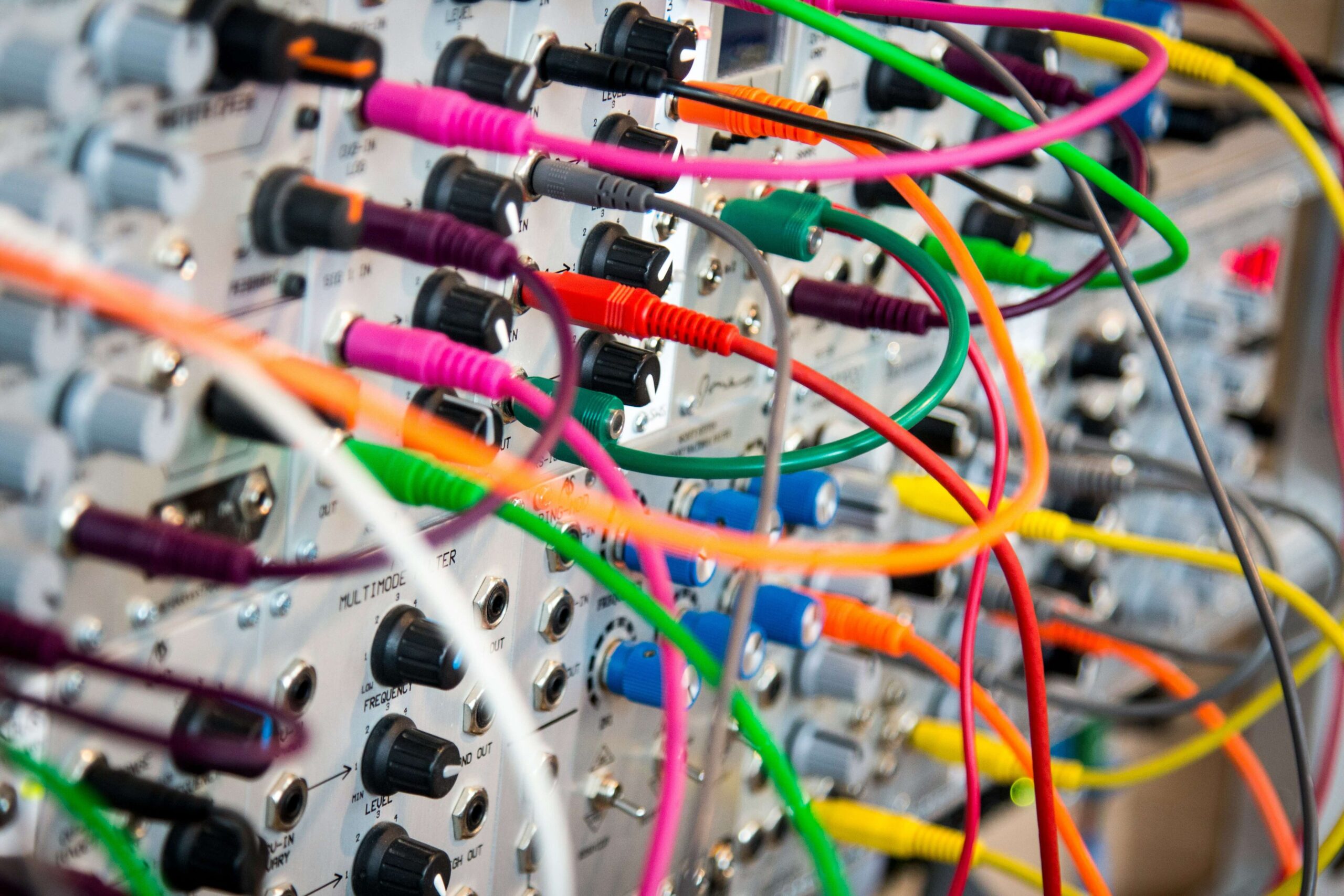
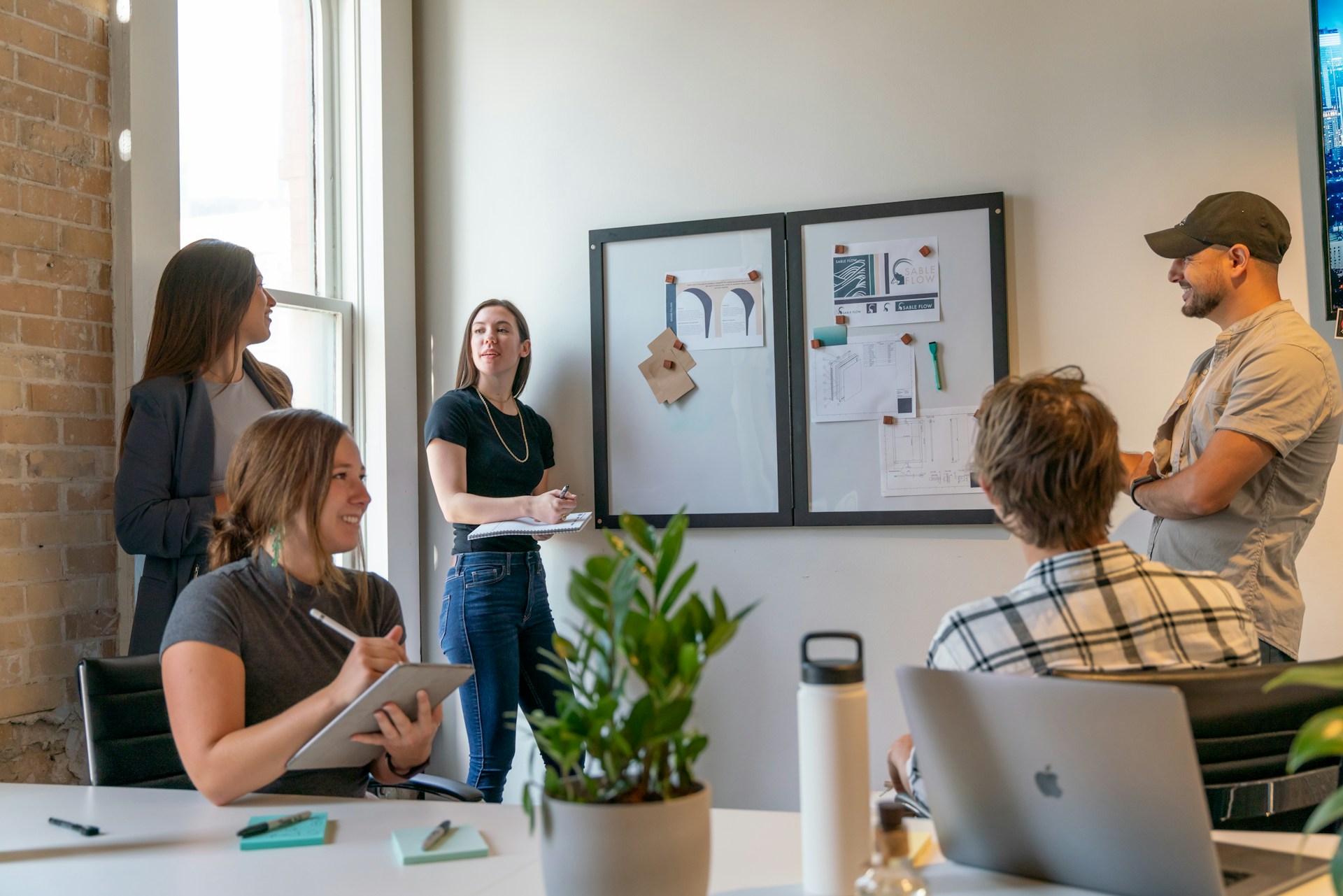
3. Whiteboards and Noticeboards
These fixtures are often considered too personalised or dated to be reused—but they’re surprisingly versatile. A quick clean or reframe can breathe new life into whiteboards, corkboards, and magnetic boards. They’re especially useful in temporary offices, educational settings, or coworking spaces.
Some companies are even upcycling old boards into creative wall features or signage.
Why reuse them?
- They’re durable and easy to refresh with simple maintenance.
- They can be repurposed creatively in other departments or donated locally.
- Avoids unnecessary disposal of non-biodegradable materials.
Top Tip: Consider working with a reuse partner who can identify potential creative reuse ideas for your boards.
4. Kitchen Appliances and Utensils
Microwaves, kettles, dish racks, and cutlery often don’t make the cut during a clearance—but these items are essential to any breakroom. If they’re in safe working condition, there’s no reason they can’t be reused in your new workspace or passed on to organisations in need.
Even modest items like mugs and plates are often in high demand among charities or local shelters, particularly when donated in bulk.
Why reuse them?
- Reduces landfill waste from electrical appliances and small items.
- Saves budget when setting up kitchens in new premises.
- Supports local reuse initiatives and community groups.
Top Tip: Ensure that all electrical appliances are PAT tested before reusing or donating them.
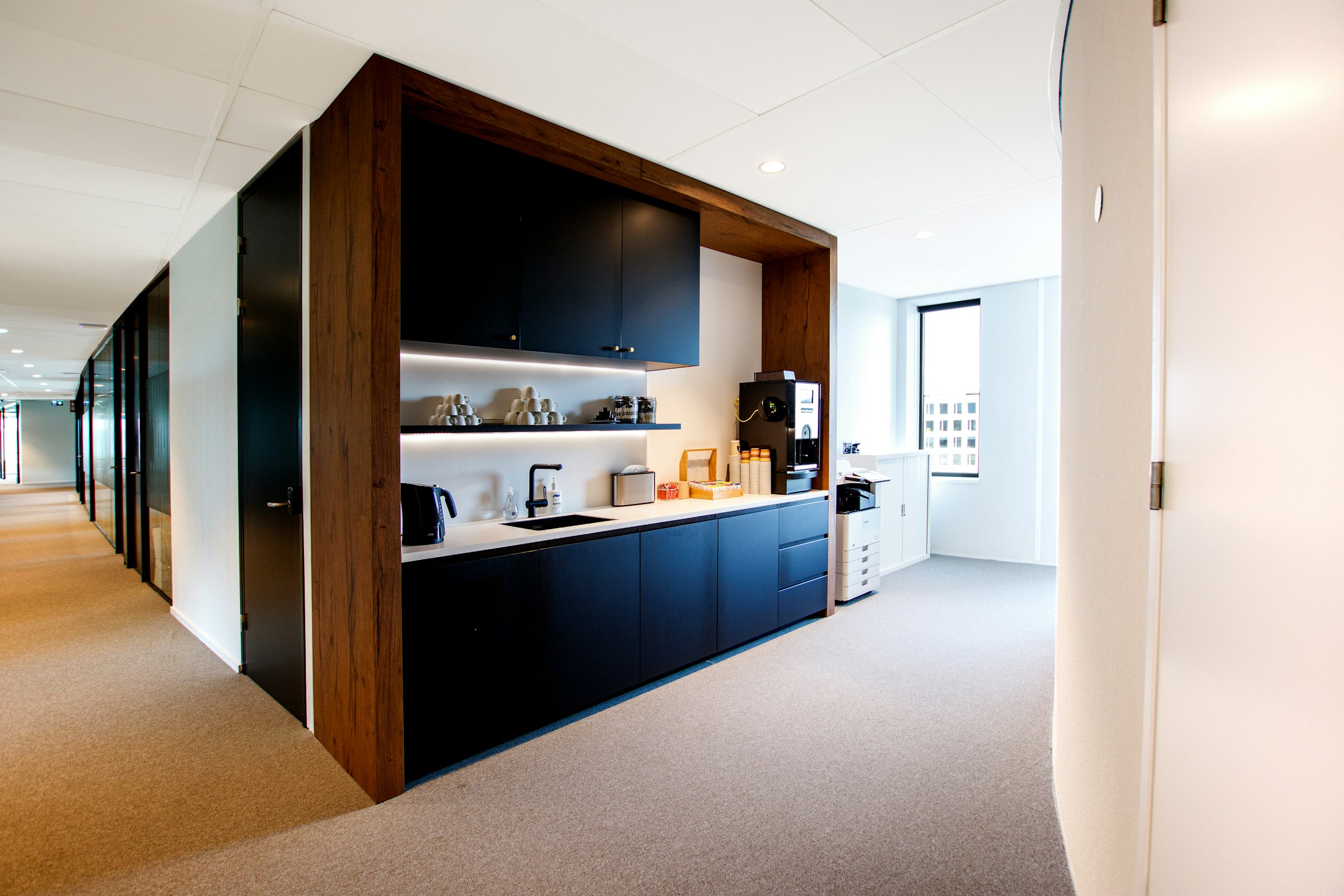
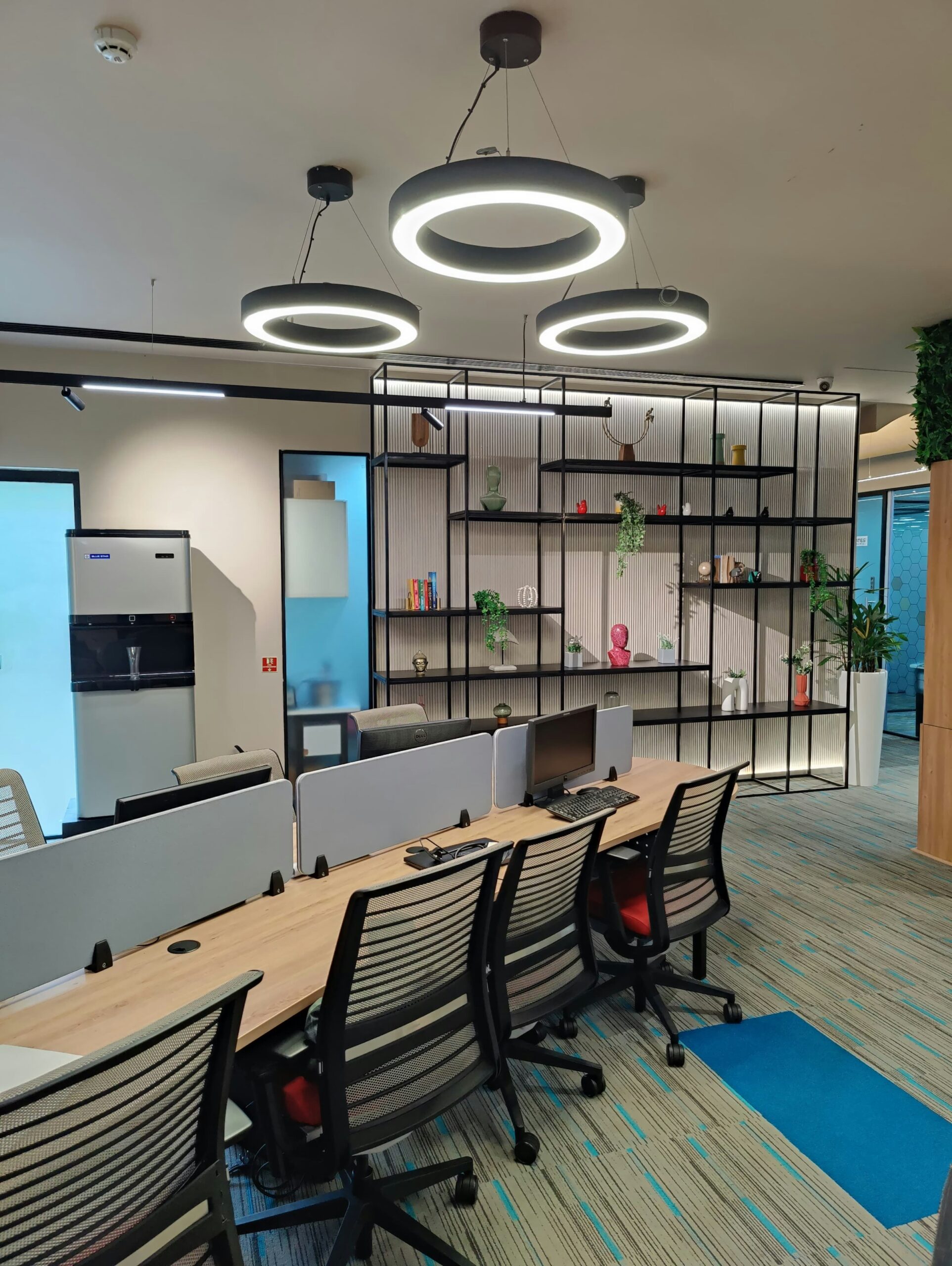
5. Acoustic Panels and Desk Dividers
With hybrid work reshaping the office landscape, many companies are downsizing or reconfiguring their spaces—often leaving behind acoustic panels, desk dividers, and soundproofing materials. These items are often custom-fit, which makes them seem like single-use fixtures, but that’s not the case.
With a bit of creativity, these materials can be repurposed for new layouts or reused in meeting rooms, pods, or home-working setups. They can also be donated to startups or nonprofits looking to create quiet working areas.
Why reuse them?
- Helps reduce landfill waste of composite materials.
- Supports wellbeing initiatives by creating quieter, focused spaces in new environments.
- Avoids the cost and lead time of purchasing new acoustic materials.
Top Tip: Speak to a specialist who can assess whether your current acoustic assets can be adapted for your new setup.
A Smarter, More Sustainable Office Clearance
Office clearances are often rushed, with the goal of “getting things out” rather than “making the most” of what’s already there. But this approach can be costly—both financially and environmentally. With rising waste disposal costs and growing ESG commitments, reuse isn’t just a nice-to-have—it’s a business imperative.
At Crown Workspace, we help businesses approach office clearances more sustainably. Through our recycling and disposal services, we support organisations in identifying items that can be reused, refurbished, donated, or recycled—diverting waste from landfill and extending the life of valuable assets.
Whether you’re relocating, downsizing, or refreshing your office, our teams can help you clear responsibly and with purpose.
Ready to reuse?
If you’re planning a move or renovation, talk to our experts about how to turn your emptying into a cost-saving opportunity and act sustainably.
Contact us today.